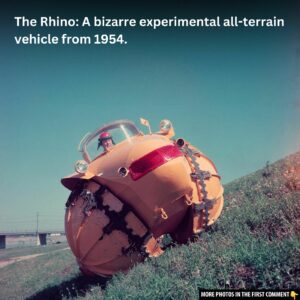The Mako Shark II is one of the most iconic and innovative concept cars in Chevrolet’s history, serving as a precursor to the 1968 Corvette Stingray. First unveiled to the public at the New York International Auto Show in April 1965, the Mako Shark II drew inspiration from two powerful sea creatures: the Manta Ray and the Great White Shark. Designed by Bill Mitchell, the car’s sleek and aggressive lines showcased the visionary approach to automotive design at the time. The Mako Shark II remains an influential symbol of Corvette’s evolution, blending bold aesthetics with cutting-edge technology.
Key Versions of the Mako Shark II
The Mako Shark II had several key versions, each showcasing distinct features and design updates.
The Non-Running Version (1965 New York Auto Show)
The first public appearance of the Mako Shark II was a non-operational model. This version featured futuristic design elements, such as side pipes rising into the front fenders and a squared-off steering wheel. Despite receiving some criticism for the unconventional design of the interior, particularly the small rectangular steering wheel that housed controls for turn signals and transmission, the overall aesthetic made a striking impact.
The Running Version (1965 Paris Auto Show)
By the Paris Auto Show later in 1965, the Mako Shark II was presented as a fully functional vehicle. This version came with a more conventional rear-exiting exhaust system and a retractable rear spoiler. Additionally, a square-section bumper was added for enhanced protection. The interior saw major changes, with the steering wheel replaced by a more traditional design, and the controls for the turn signals and transmission relocated to stalks on the steering column.
Manta Ray Version (1969)
In 1969, the Mako Shark II was transformed into the Manta Ray version, marking a significant shift in design direction. The car adopted a more refined rear window treatment, abandoning the louvered design in favor of a conventional sugar-scoop arrangement. This was a turning point in the evolution of the car, with design adjustments focusing on improving aerodynamics and functionality.

Video
Watch this video to check out the Mako Shark II – a futuristic concept car that will blow your mind, featured on Ridiculous Rides!
Exterior Design Features: A Work of Art
The Mako Shark II’s exterior design remains one of the most striking aspects of this legendary concept car. It was a perfect blend of aggressive styling and functional aerodynamics.
Aerodynamic Enhancements
One of the most notable features of the Mako Shark II was its chopped roof and hinged roof panel, which could be raised for easier entry and exit. The car’s sharp-edged fender lines and upswept tail added to the overall dynamic appearance. The front clip was highly stylized, giving the Mako Shark II a fierce, cutting-edge look.
Exhaust System and Bumpers
The exhaust system, which initially featured side pipes, was later updated to a rear-exiting configuration with a sleek boxed and finned design, similar to the work done by Larry Shinoda for the SS Racer. The Mako Shark II was also equipped with James Bond-style retractable bumpers, adding a touch of flair and practicality.
Retractable Rear Spoiler and Adjustable Bumpers
Another futuristic feature was the retractable rear spoiler, designed to enhance the car’s aerodynamics. Additionally, the Mako Shark II was fitted with a square-section bumper that could be extended for added protection, reflecting the vehicle’s innovative approach to both safety and style.

Interior Features: A Glimpse into the Future
The Mako Shark II’s interior was just as forward-thinking as its exterior.
Steering Wheel and Pedals
Initially, the Mako Shark II featured a small rectangular steering wheel that incorporated turn signal and transmission controls, a design that was ahead of its time. By the time the car appeared at the Paris Auto Show, the wheel was replaced with a more conventional design, and the controls were moved to stalks on the steering column. The pedals were fixed in the first versions, but the concept of adjustable pedals would later be implemented in race cars and other high-performance vehicles.
Dashboard and Instrumentation
The car featured an innovative dashboard design, with most of the “informational” gauges placed on the passenger side, while the driver’s side dashboard focused primarily on the tachometer and speedometer. Additional warning lights for fluid levels and open doors further enhanced the Mako Shark II’s futuristic appeal.

Power and Performance: A Glimpse into Corvette’s Future
Under the hood, the Mako Shark II was powered by a 427 cubic inch Mark IV engine, which would eventually become available in production Corvette models. This engine offered impressive performance and helped solidify the Mako Shark II’s legacy as a precursor to the high-performance vehicles that would follow.
The car was not only visually stunning but also a testament to Chevrolet’s commitment to pushing the boundaries of automotive engineering. Despite its groundbreaking design, there were still some issues to address before the car could be considered production-ready.
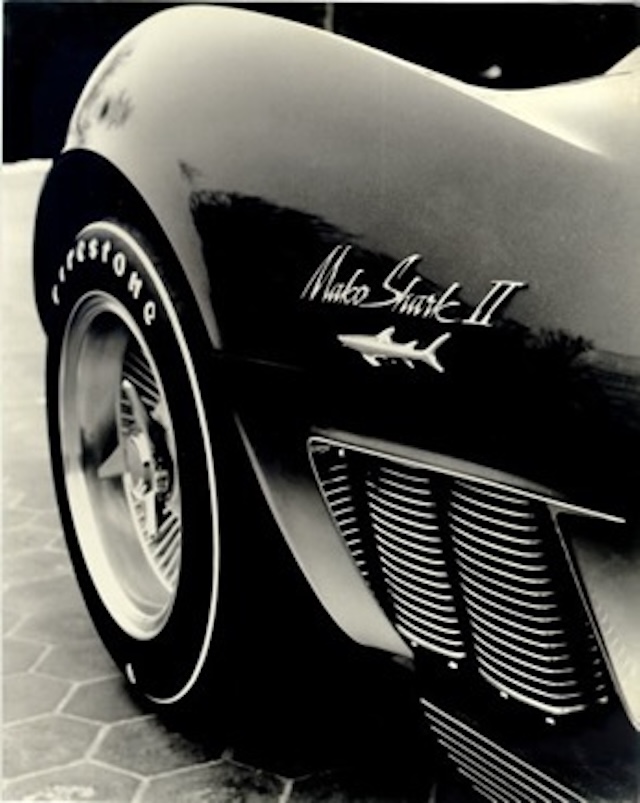
Performance Challenges and Modifications
During early high-speed tests, it became clear that the Mako Shark II faced some aerodynamic challenges. The low nose and high front fenders obstructed the driver’s visibility, while rear visibility was virtually nonexistent. The car’s overall “lift” at speed was also deemed unacceptable, requiring extensive modifications before it could be introduced as a production model.
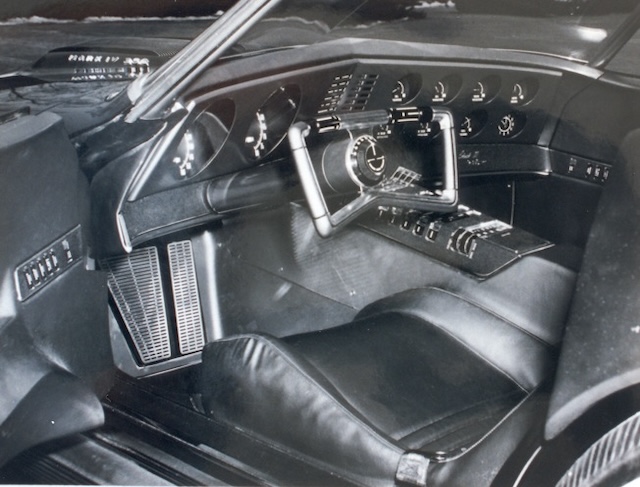
These performance challenges were addressed in the subsequent design of the 1968 Corvette. The front and rear fenders were reshaped to improve proportion, visibility was enhanced, and the addition of a front air dam helped reduce lift at high speeds. These changes laid the foundation for the Corvette Stingray’s legendary performance.
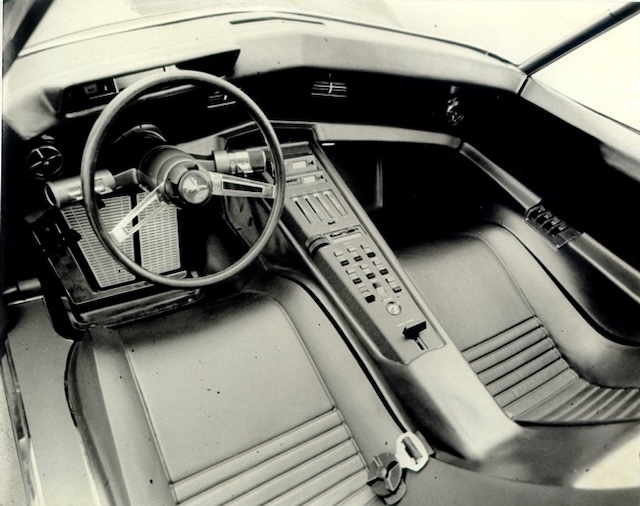
Legacy of the Mako Shark II
The Mako Shark II had a lasting influence on the design and performance of future Corvettes. The car’s bold lines, innovative features, and technical advancements paved the way for the development of the 1968 Corvette Stingray, which would go on to become one of the most iconic sports cars of all time.
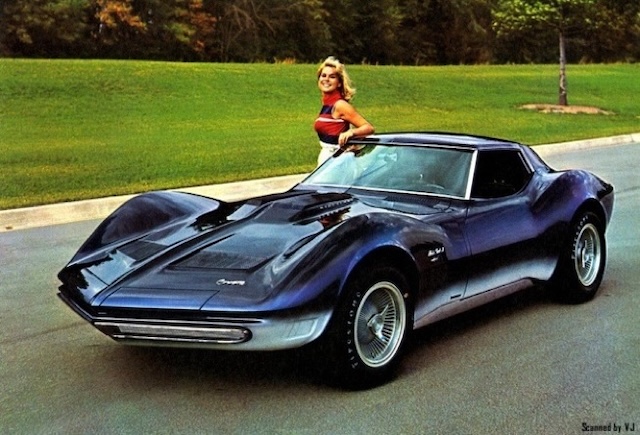
The Mako Shark II’s design elements—such as the retractable spoiler, aggressive fender lines, and advanced cockpit features—became key design components for the Corvette brand. The car also signaled a shift toward performance-oriented vehicles, foreshadowing the modern-day sports cars that would push the limits of speed, style, and engineering.

In conclusion, the Mako Shark II remains one of Chevrolet’s most iconic concept cars. Its blend of cutting-edge design and performance innovations left a significant mark on the automotive world, helping shape the future of Corvette and high-performance sports cars.
Video
Watch this video to explore the legendary Corvettes: Mako Shark, Manta Ray, CERV III, and Aerovette, and their iconic designs!



